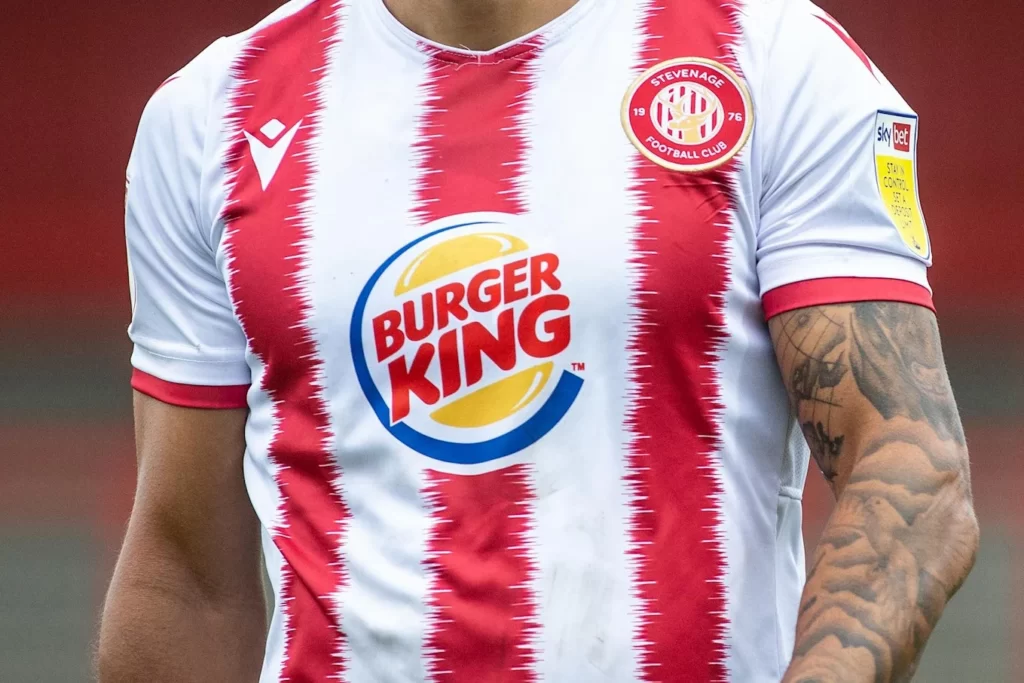Forgotten Brands – Phantom Cigarettes

Despite its contentious, harmful reputation, these “cigarettes” will be warmly remembered by ’90s kids.
As children in the 1980s and 1990s, we were all warned that smoking was hazardous for our health, yet we couldn’t resist the allure of the candy called Phantom cigarettes.
Maybe only Phantom could make children feel cool. Teens felt instantly transformed into grownups because of these cigarettes. But now that I think about it, it seems strange that parents back then didn’t seem to mind their children eating candy, which normalized behaviour that can be fatal.
The taste was also rather exceptional. Phantom Cigarettes were a favourite with children because of their overpowering sweetness, even though there were alternative mint-flavoured choices. Candy cigarettes, which are quite popular, contain between 75 and 80% sugar and 20% or so glucose and gelatin.
They were made by Harnik General Foods Pvt Ltd, a firm in Pune. NL Hingorani, a culinary scientist with a penchant for making delicious treats, was responsible for the brand’s creation.
There is a striking resemblance between the masked mascot on the package and the Phantom, the hero of the Phantom comic. Lee Falk, an American author, came up with the comic book character. The other “kiddie” figures competing for the youngsters’ attention were nothing like this.
Candy cigarettes predated even Phantom. Phantom wasn’t the first brand of candy cigarettes, though. They were imported and difficult to get; each stick was wrapped in paper; and the candy had a chalky texture in the mouth.
The introduction of candy cigarettes was most likely not the first in India. This style of candy first appeared in the early 20th century and is now widely available all over the world. Even though it was obvious that the candy cigarettes we puffed on were made of chalky sugar, in other places powdered sugar was buried in the wrapper to provide the impression of true “smoking.”
Before it was banned in 13 countries (including Canada, Brazil, Turkey, and New Zealand) and parts of the United States, the product had widespread popularity. In reality, candy cigarettes caused quite a stir. That’s because portraying tobacco use as cool made young people immune to its negative health impacts.
However, disputes arose between the confectionery industry and the tobacco industry since candy cigarettes come in packaging that looks quite similar to real cigarettes. After all these wars, most candy cigarette manufacturers decided to rebrand their goods as candy sticks instead of cigarettes.
Indian versions of these candies, like Phantom Sweet cigarettes, are still accessible in India, albeit in low supply, despite the worldwide uproar over them.
Will a kid who thinks it’s cool to show off a white candy stick that looks like smokes grow up to be more likely to smoke tobacco? The odds are really good. Using favourable depictions of smoking might encourage young people to take up the habit, especially if the package is also appealing.
According to legend, the business was so committed to recreating the candy’s original late-1960s texture that they even made sure certain defects remained in the design after automating the process.
Trivia
Do you know that these sweets may be found on the menu at Manish Mehrotra’s Indian Accent in Delhi? He offers them dessert alongside marshmallows, cheeni ki roti, and ginger ice cream.
Alia Bhatt’s character in Kapoor & Sons went to the kirana shops of Ooty in search of Phantom cigarettes; thus, even Bollywood got in on the fun.



